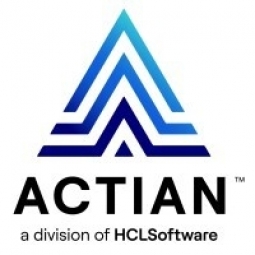Technology Category
- Application Infrastructure & Middleware - Database Management & Storage
- Infrastructure as a Service (IaaS) - Cloud Databases
Applicable Industries
- Electrical Grids
- Finance & Insurance
Applicable Functions
- Maintenance
Use Cases
- Leasing Finance Automation
- Material Handling Automation
Services
- Cloud Planning, Design & Implementation Services
- System Integration
About The Customer
Unit4 C-Logic is a division of Unit4 Business Software. Prior to its acquisition by Unit4, the Bruges-based company was known as C-Logic. Its Venice accounting and invoicing system has been a mainstay for Belgian accountants since 1985. The company was building one of the first standalone accounting packages designed to meet the needs of small and mid-sized Belgian accounting firms. Many of Unit4 C-Logic's clients are firms with only two to three accountants, while others have hundreds of accountants working on a server- or cloud-based instance of Venice.
The Challenge
Unit4 C-Logic, a Bruges-based company, was in search of a high-performance accounting solution that was easy to manage and designed around Belgian accounting rules. The company wanted an embeddable, performance-oriented database that could operate optimally without ongoing administration. The challenge was to find a database that could deliver high performance, extensibility, and scalability without requiring the active involvement of a database administrator (DBA). This was crucial as their target customers were small-to-mid-sized accounting firms, which typically do not have sophisticated (and costly) database administration skills. The company needed a database that could reliably deliver a high-performance experience without the ongoing attention or cost of a DBA.
The Solution
The solution came in the form of Actian Zen, a zero-administration, embeddable, nano-footprint database that provides both NoSQL and SQL access to data. Actian Zen consists of four editions—Core, Edge, Enterprise, and Cloud—that support every modern use case from the IoT to field and branch on-premises as well as the cloud. Actian Zen Core can be embedded on single-user or IoT devices and pass data opportunistically to edge servers running Actian Zen Edge for local analysis and processing. All editions of Actian Zen rely on the same data file formats, allowing data to move back and forth without the need for extract, transform, and load (ETL) services that sometimes create performance bottlenecks in a client-server scenario. The database also allows transactions to be executed quickly through the high-performance Btrieve API while modeling and reporting needs benefit from the flexibility and power enabled by the relational SQL interface.
Operational Impact

Case Study missing?
Start adding your own!
Register with your work email and create a new case study profile for your business.
Related Case Studies.
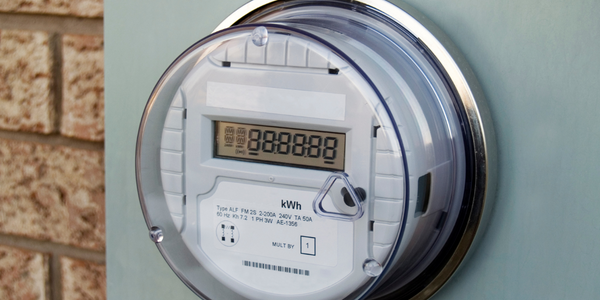
Case Study
Hydro One Leads the Way In Smart Meter Development
In 2010, Ontario’s energy board mandated that time-of-use (TOU) pricing for consumers be available for all consumers on a regulated price plan. To meet this requirement, Hydro One needed to quickly deploy a smart meter and intelligent communications network solution to meet the provincial government’s requirement at a low cost. The network needed to cover Hydro One’s expansive service territory, which has a land mass twice the size of Texas, and its customers live in a mix of urban, rural, and remote areas, some places only accessible by air, rail, boat or snowmobile. Most importantly, the network needed to enable future enterprise-wide business efficiencies, modernization of distribution infrastructure and enhanced customer service. To meet these needs, Hydro One conceptualized an end-to-end solution leveraging open standards and Internet Protocols (IP) at all communication levels. The utility drew upon industry leaders like Trilliant to realize this vision.

Case Study
Selling more with Whirlpool
Whirlpool wanted to add connectivity to appliances and transform the company's relationship with customers. Traditionally, Whirlpool interaction with customers was limited to purchases made once every ten years. Connected washer and dryers provide exciting new features like remote management of start times and inter-machine communication.

Case Study
Real-time In-vehicle Monitoring
The telematic solution provides this vital premium-adjusting information. The solution also helps detect and deter vehicle or trailer theft – as soon as a theft occurs, monitoring personnel can alert the appropriate authorities, providing an exact location.“With more and more insurance companies and major fleet operators interested in monitoring driver behaviour on the grounds of road safety, efficient logistics and costs, the market for this type of device and associated e-business services is growing rapidly within Italy and the rest of Europe,” says Franco.“The insurance companies are especially interested in the pay-per-use and pay-as-you-drive applications while other organisations employ the technology for road user charging.”“One million vehicles in Italy currently carry such devices and forecasts indicate that the European market will increase tenfold by 2014.However, for our technology to work effectively, we needed a highly reliable wireless data network to carry the information between the vehicles and monitoring stations.”
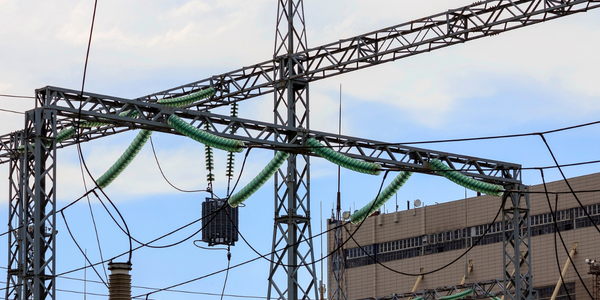
Case Study
SAS® Analytics for IoT: Smart Grid
Companies face falling revenues, rising infrastructure costs, and increasing risk of outages caused by inconsistent energy production from renewable sources. Less money is coming in as more people and organizations take steps to curb their energy use. Utilities are paying more to maintain and build infrastructure due to increasing complexity, resulting from the rising number of intermittent and variable renewable energy sources connected in the distribution grid.
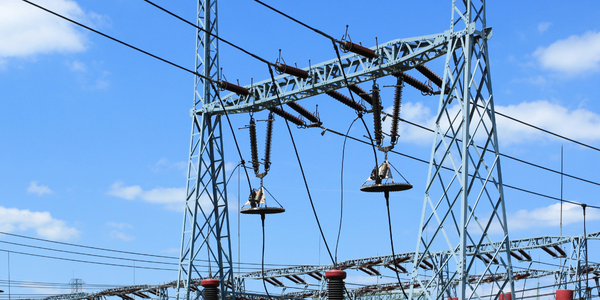
Case Study
Enel Secures Italian Power Generation Network
Electric energy operators around the world are working to increase the reliability and cyber resiliency of their systems. This includes Enel, a global power company that manages and monitors the Italian power grid. This grid:• Serves 31 million customers• Has a net installed energy capacity exceeding 31 gigawatts• Includes more than 500 power generation plants,including hydroelectric, thermoelectric, and wind• Is managed and monitored by Enel 24/7/365• Is operated by Terna, the Italian Transmission System Operator (TSO)Enel is responsible for the availability of the grid’s underlying ICS and industrial network. It also manages Regional Control Centers and Interconnection Centers which connect with the TSO. The TSO manages the flow of energy to the grid plus controls and remotely regulates the power generation of power plants, increasing and decreasing power production as required. The complex system of interaction and cooperation between Enel and the TSO has strong security implications as well as operational and business challenges.
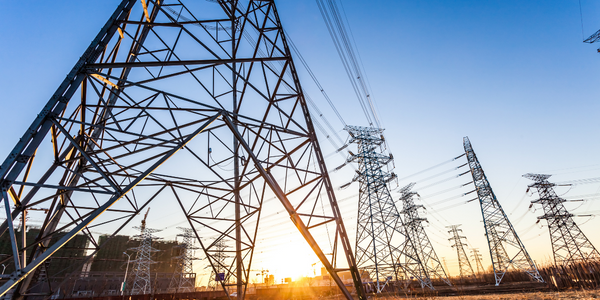
Case Study
IoT based Energy Quality Availability Monitoring Solution
There were several challenges faced:Since this data would be in the public domain, accuracy and authenticity of this data were of paramount importance. It should be able to withstand scrutiny.It is challenging to build an appliance that can withstand a wide range of voltage fluctuations from as low at 90v to as high as 320v. Since the device would be installed in remote locations, its resilience was of paramount importance.The device would have to deal with poor network coverage and have the ability to store and re-transmit data if networks were not available, which is often the case in rural India. The device could store up to 30 days of data.The platform that deals with the data should be readily available and highly reliable and never lose a packet of data.




